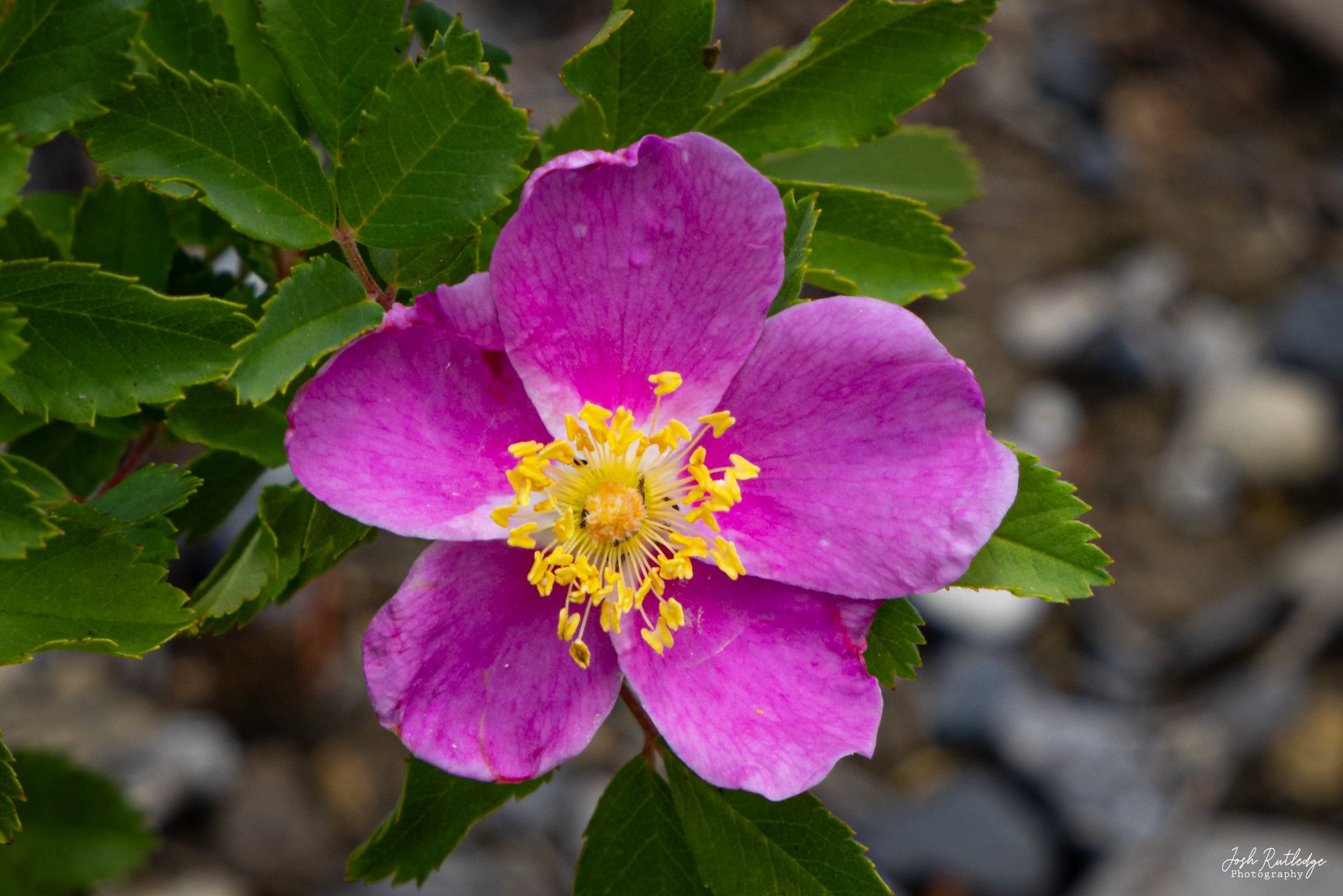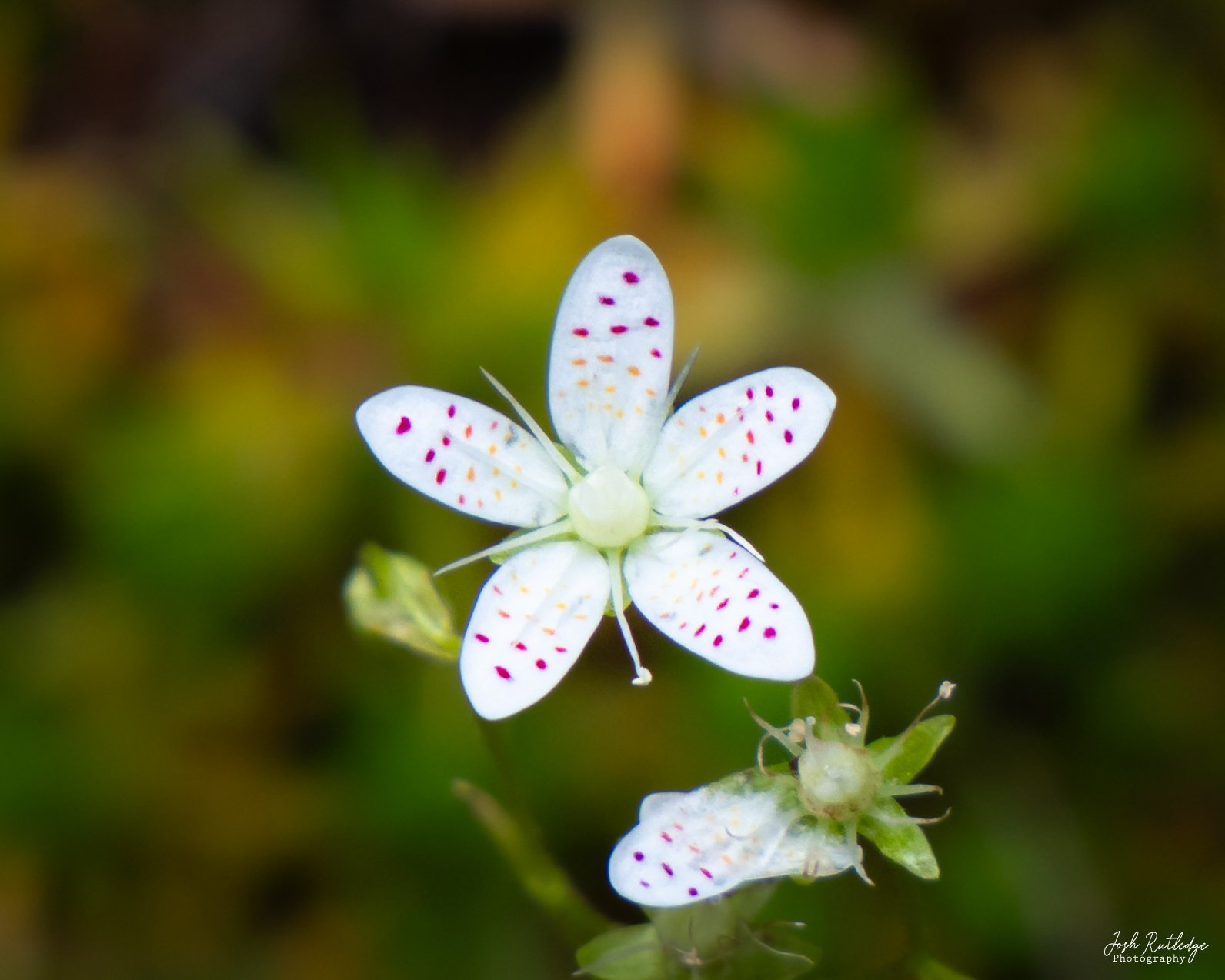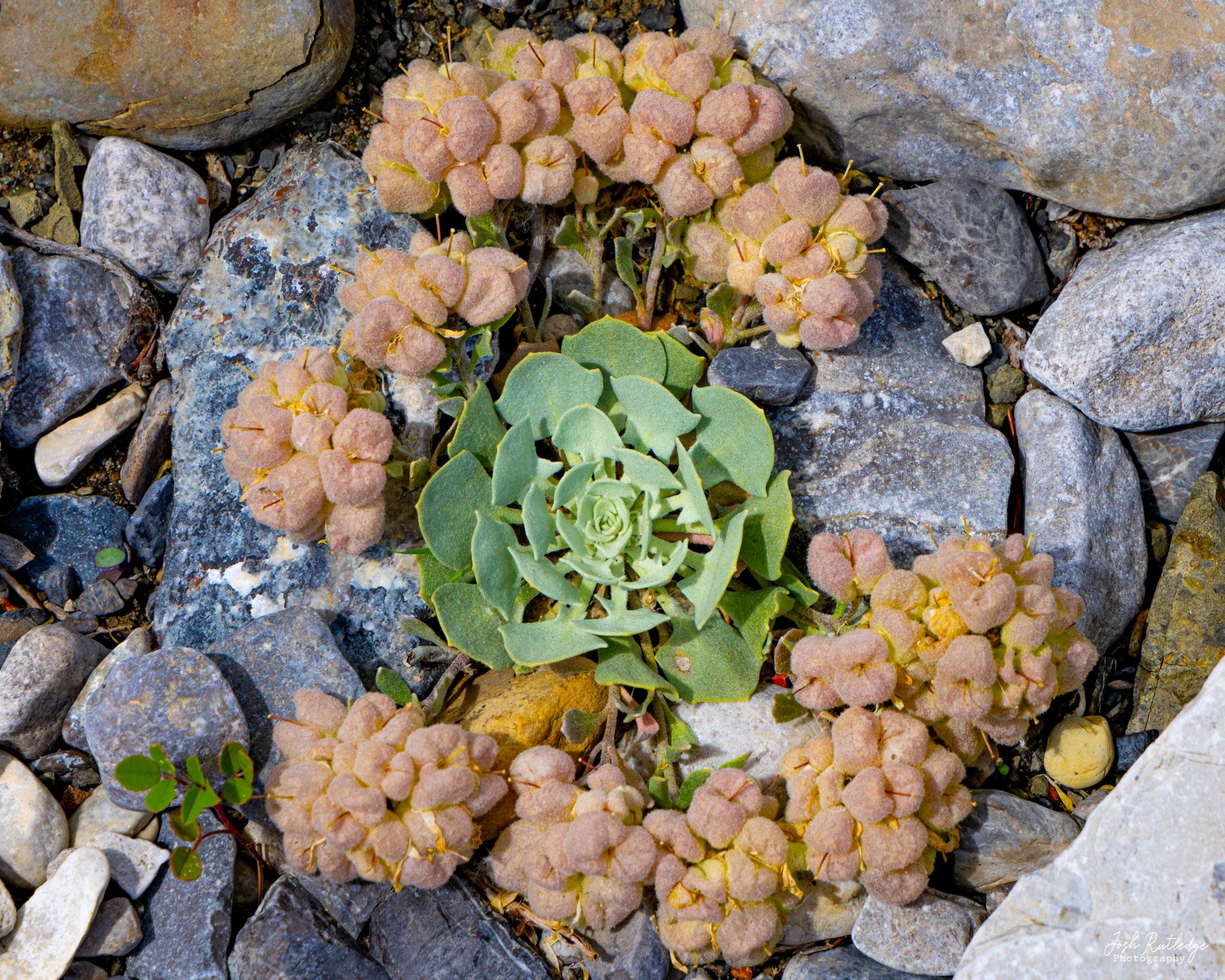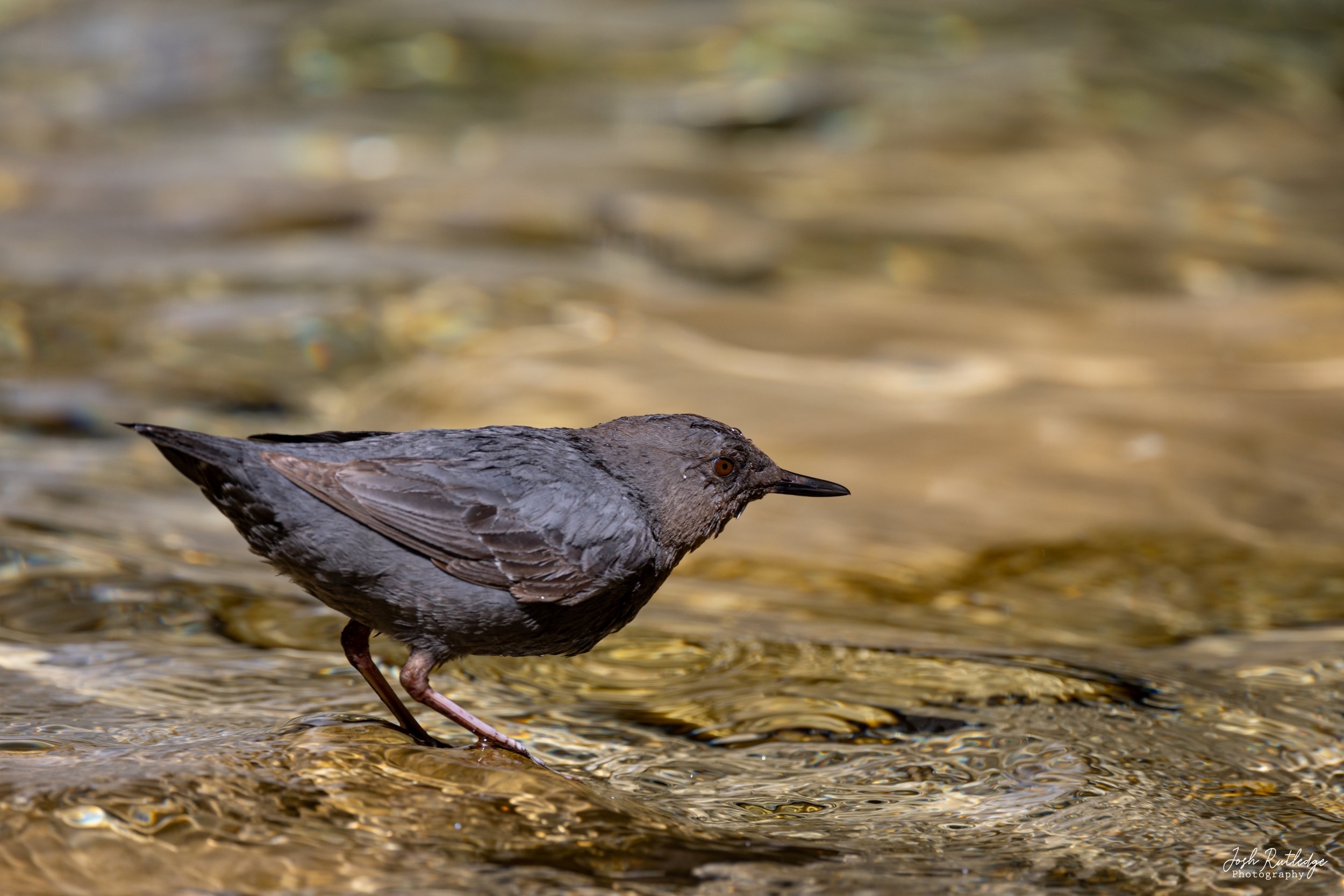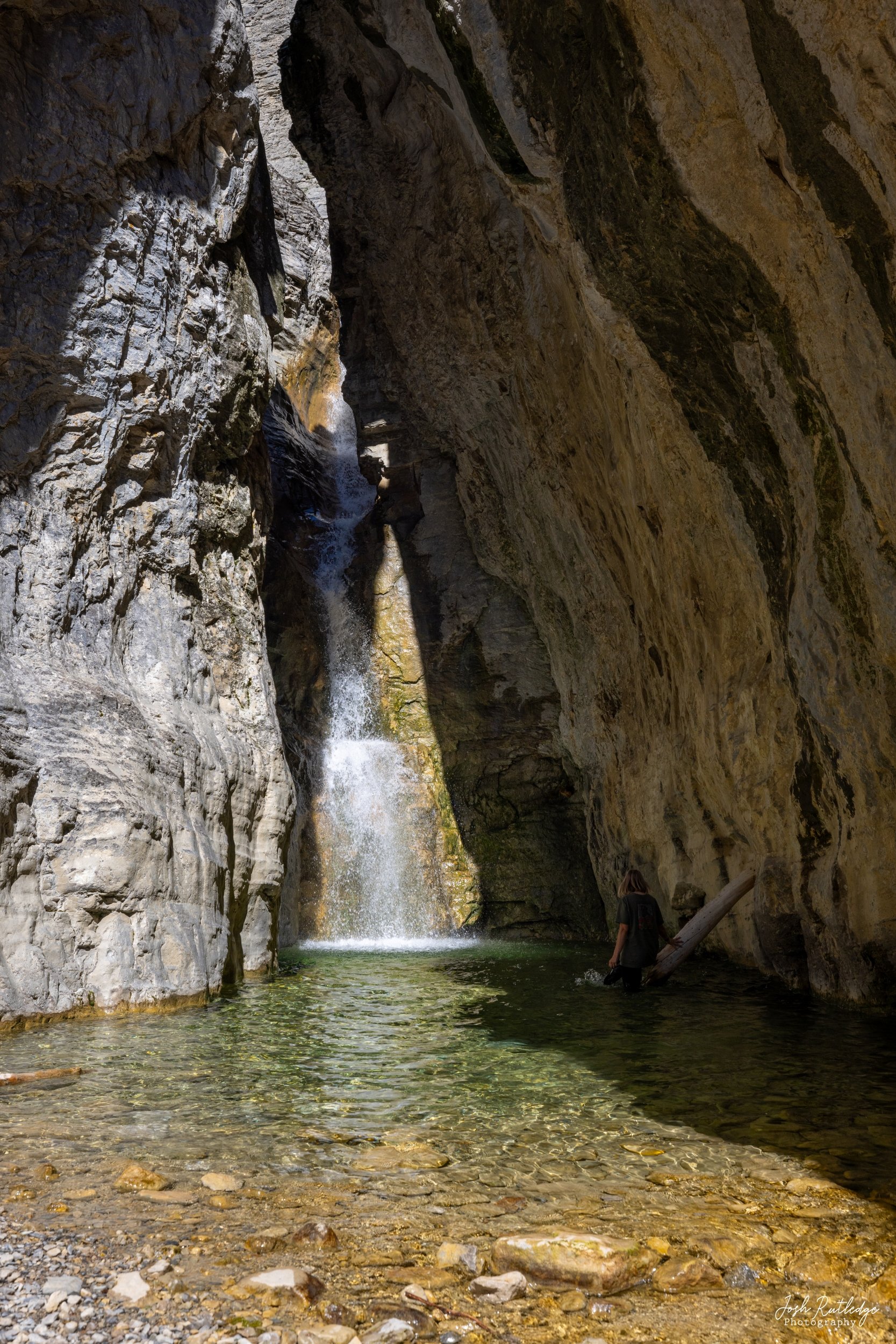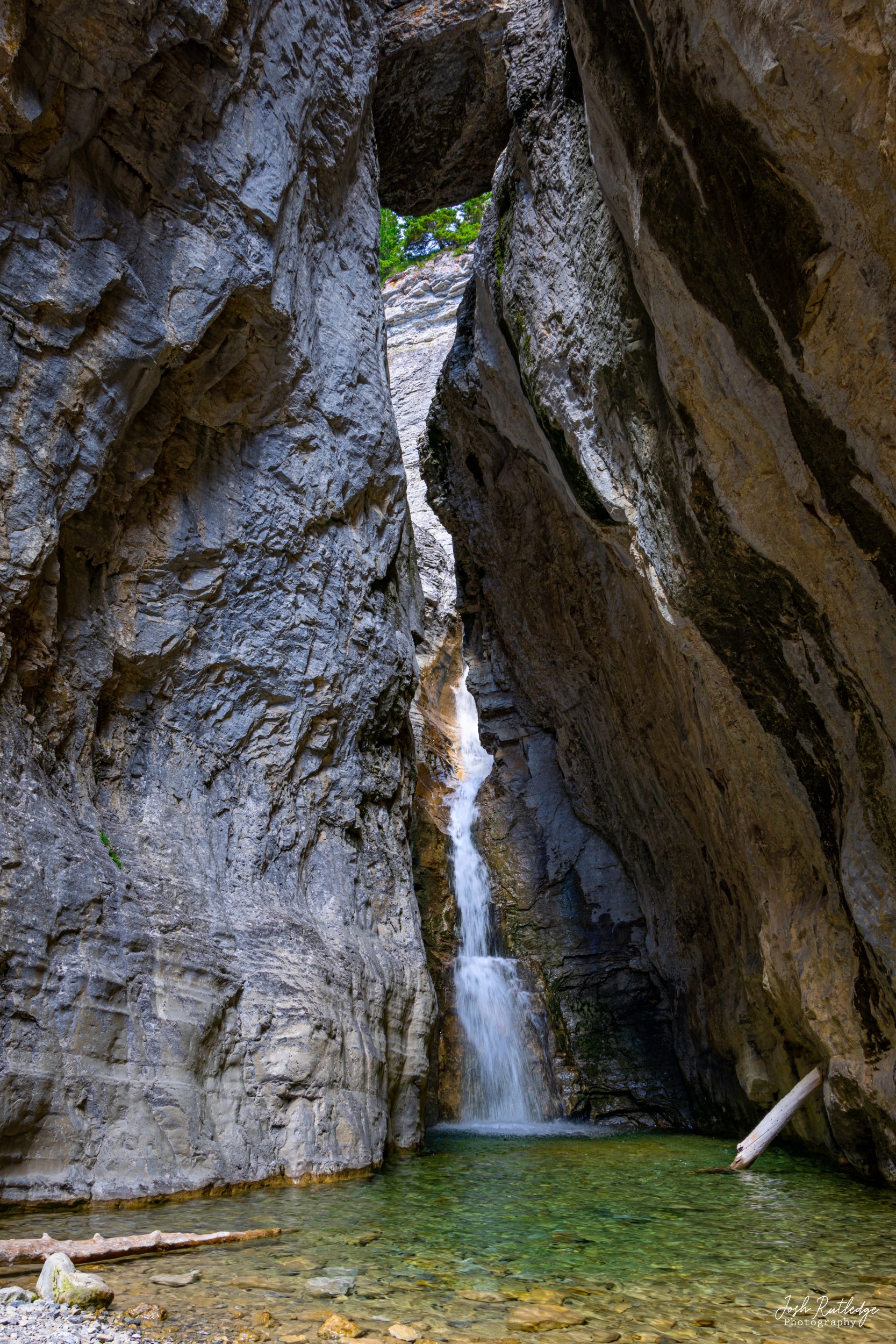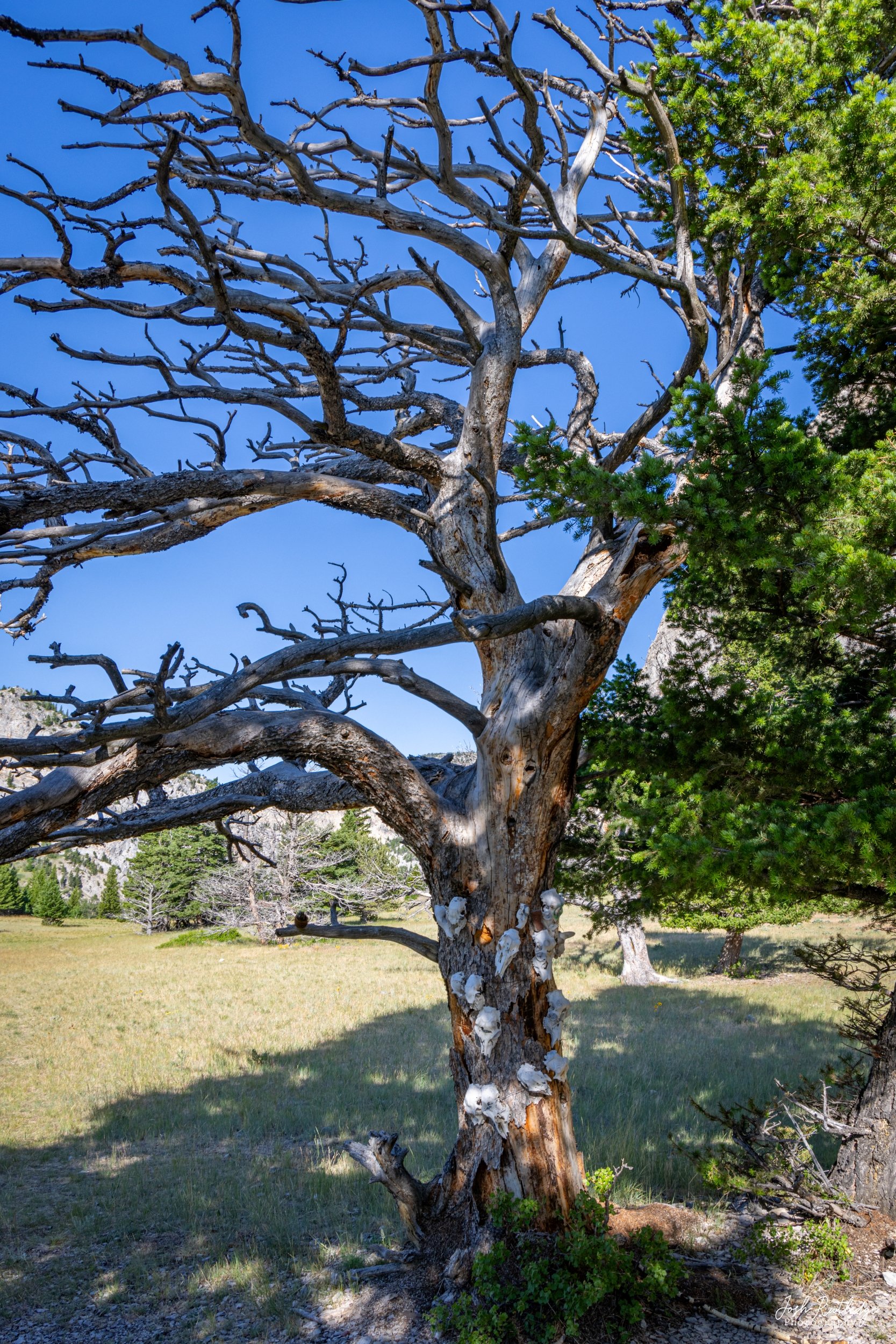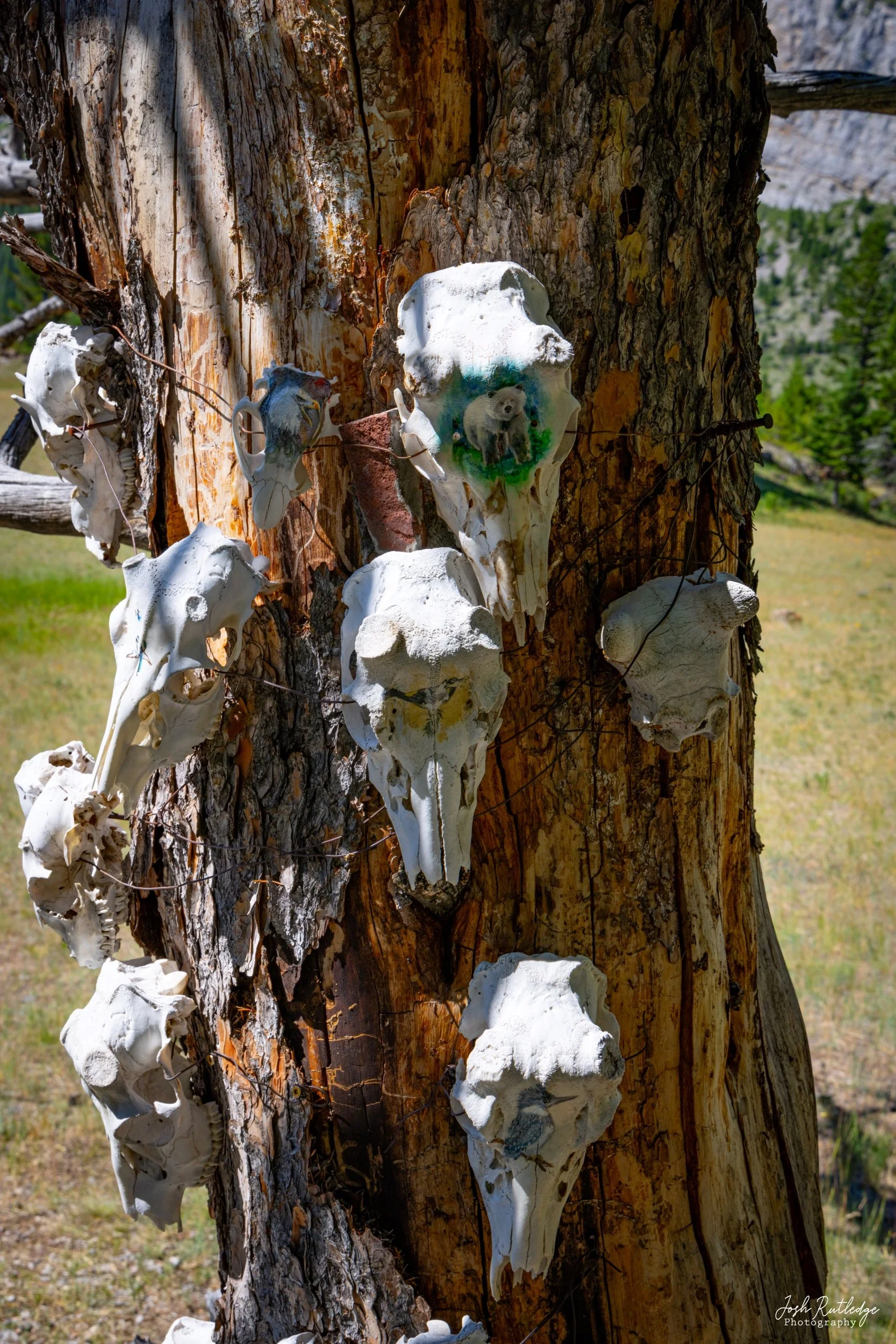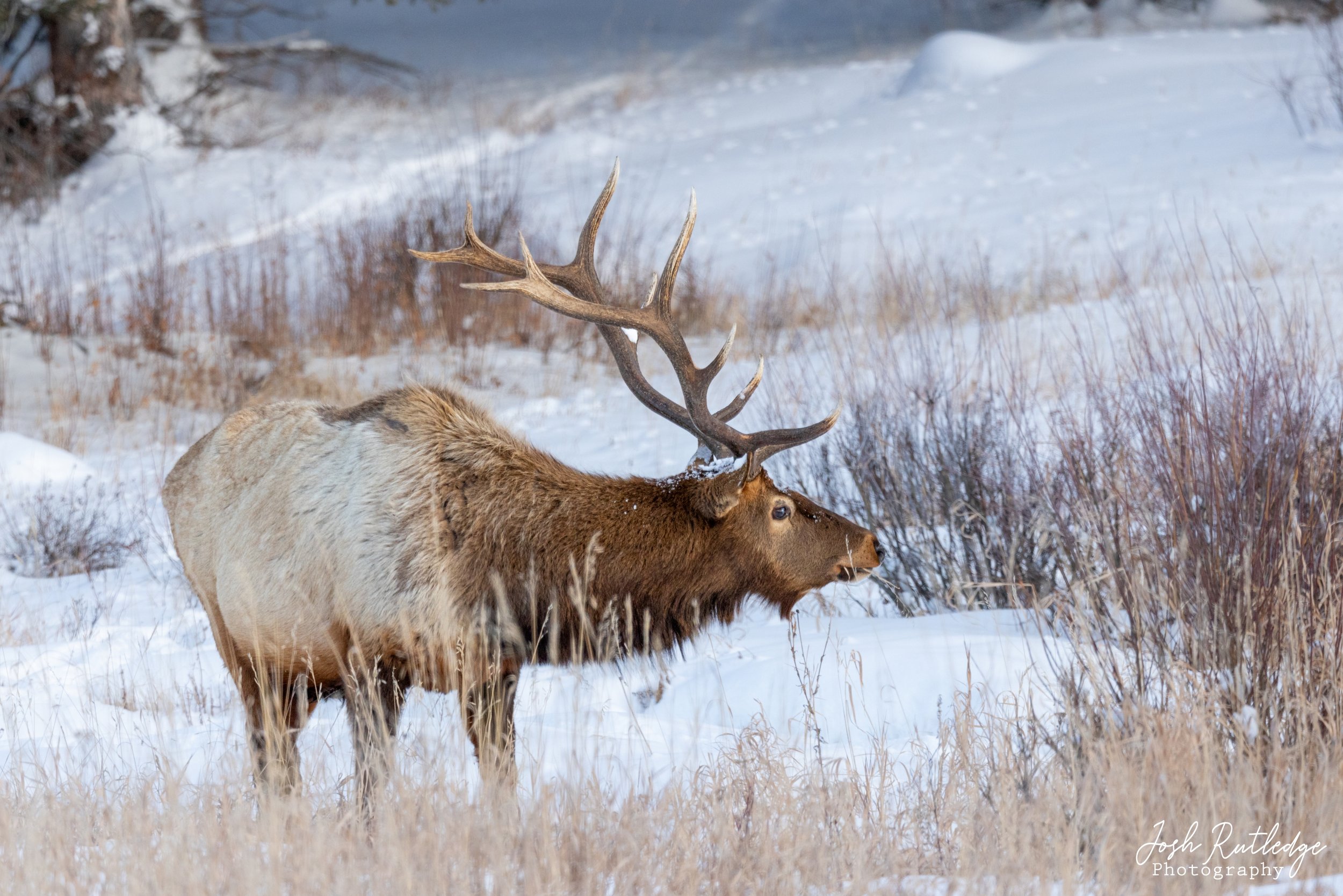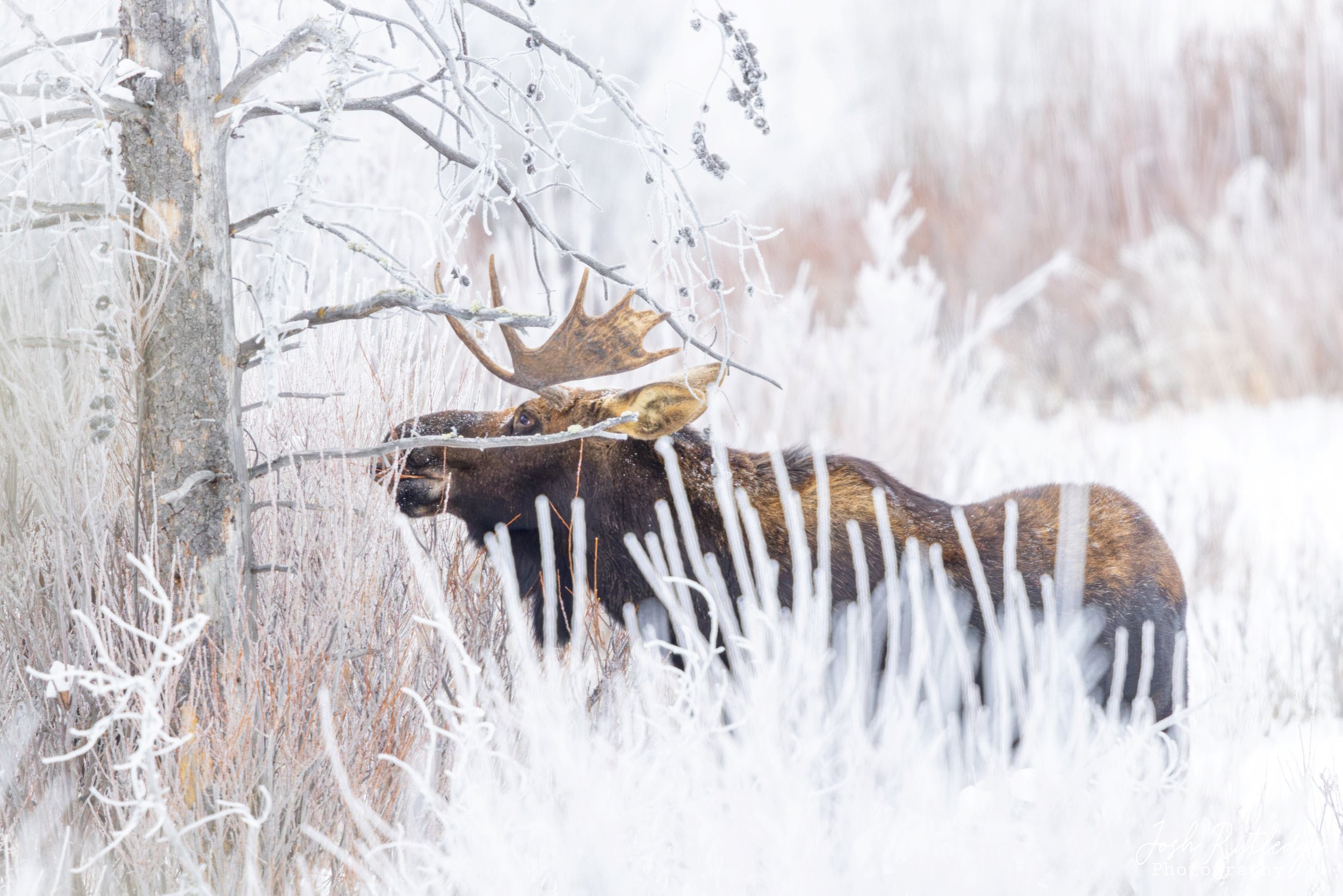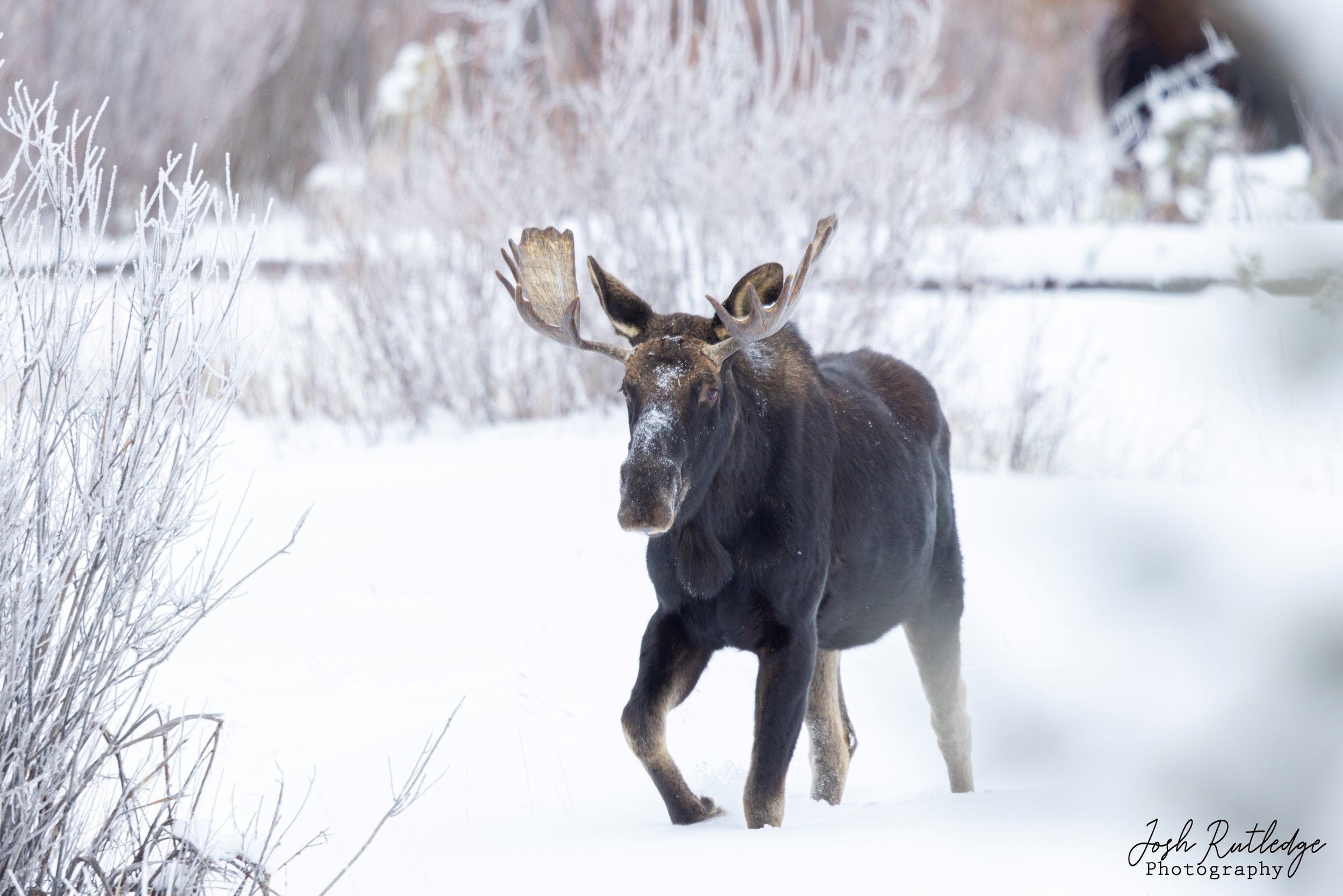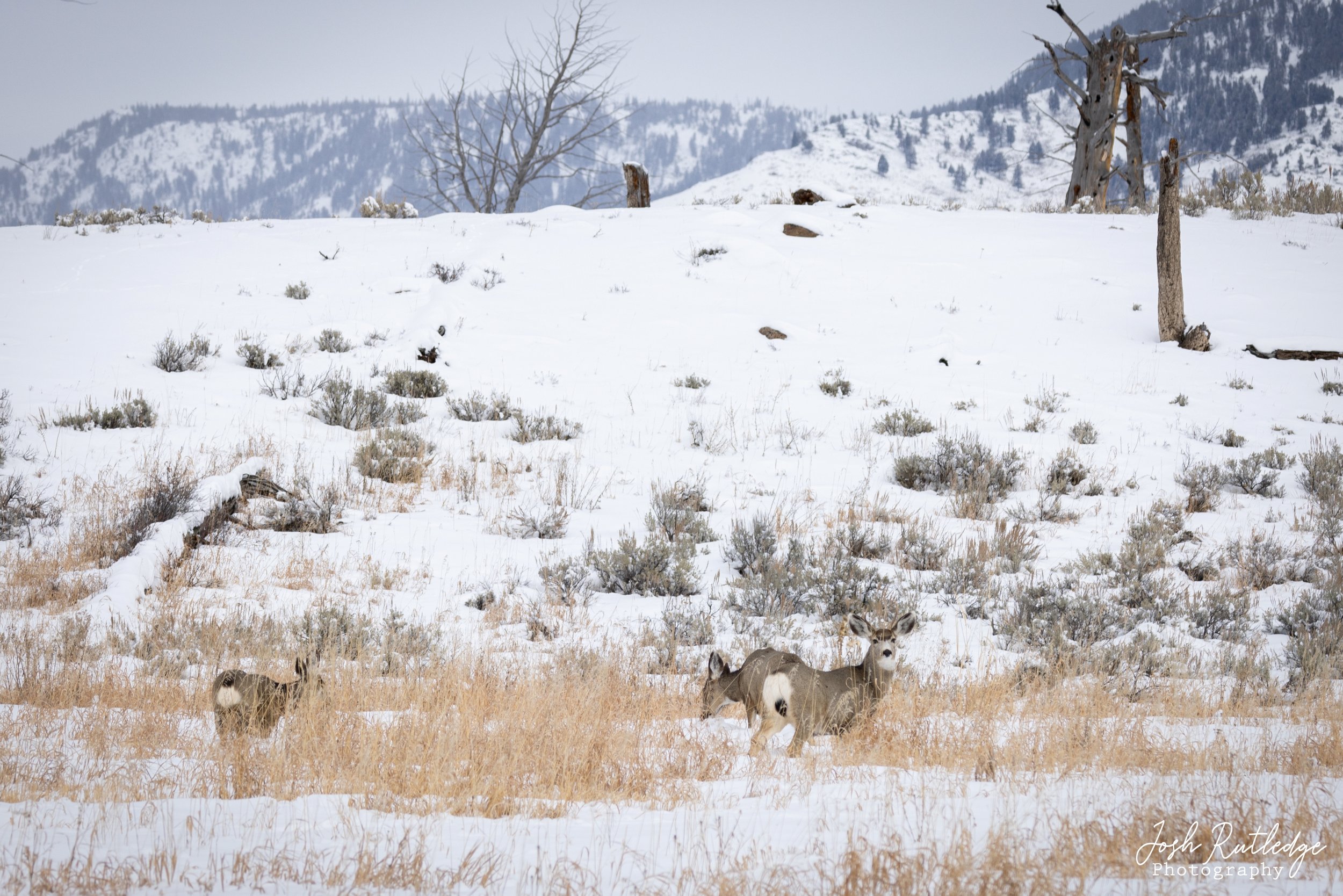I thought I better catch up on my blog and my spring adventures so far. I had a pretty quiet winter as far as photography goes, so I am happy spring is finally here! I was hoping to maybe fit in a trip to Yellowstone National Park this winter, but that never materialized. There were a few Northern Lights events and some astronomical alignments that I probably should have made more of an effort to capture this winter, but I think I was in a bit of a slump and just couldn’t find the motivation. I think that happens to most photographers from time to time.
As spring approaches, I tend to have my annual events that I always look forward to. These include the migration of snow geese (and other waterfowl) at Freezout Lake, sharp-tailed grouse on the lek and greater sage-grouse on the lek. If I am lucky I might find some owls or other subjects to include as well. This spring was no different.
A flock of snow geese flying in formation above Freezeout Lake.
The spring migration at Freezout Lake was a little off this year. The snow geese numbers stayed pretty low during the time of their normal build up, which usually peaks around the third week in March. The consensus seems to be that with a mild spring, the geese may have just kept heading north instead of holding over around Freezout Lake. There was a large spike in snow geese numbers for just a day or so, but that was about a week after the normal peak numbers. Unfortunately I had visited Freezout during what is usually the best time, and I did not get to see this surge. The swan numbers were also way down this year. In fact, there never was a large spike in swan numbers at all this season. I only came away with a handful of swan photos this spring. I still had a good time on my trip out there though. If you want to read my blog post from a previous year with more detailed information about visiting Freezeout Lake, you can check it out here.
Sunrise over one of the sloughs at Freezout Lake.
The first week of April I had the chance to visit one of my favorite sharp-tailed grouse leks at Benton Lake NWR which is just north of where I live in Great Falls. This particular morning was not the best for photography, as it was a very overcast sky with a chance of rain. The rain never materialized, but the clouds remained for most of the morning. There were a couple of very short windows when the sun would try to poke through. The lek was a little farther away from the blind this year than normal, so combined with the cloudy conditions, I did not walk away with any great images this year. But it is always a great time just watching and listening to the grouse out on the lek anyway.
A male sharp-tailed grouse displaying on a lek.
Close up of a male sharp-tailed grouse on the lek. You can see some of the color you don’t normally get to see.
This last weekend, April 18th, 2025, I had the chance to visit one of my favorite greater sage-grouse leks in Central Montana. It was a chilly morning, I think the temperatures were only about 25 degrees F and there was a dusting of fresh snow on the ground. Similar to the sharp-tailed grouse, the lek was a little further away from me than past years, but I did get some better light. I left with a few ok images, but again, nothing great. It was still a great morning out though. While in the area, I also spent some time in the Missouri Breaks and I captured a few images of some mountain bluebirds working on their nest, as well as another sharp-tailed grouse lek I was not aware of before. I only had my smaller Canon RF 100-500 with me while I was in the Breaks, so I might have to visit again sometime and bring my big 600 F4.
A male greater sage-grouse displaying on a lek.
As spring gets busier, it gets harder to get out. I would love to get out and try to find some ruffed grouse displaying, but I don’t know if I will or not. I put that on my list every spring as something I need to do, but I never seem to make it happen. Maybe this year!


































